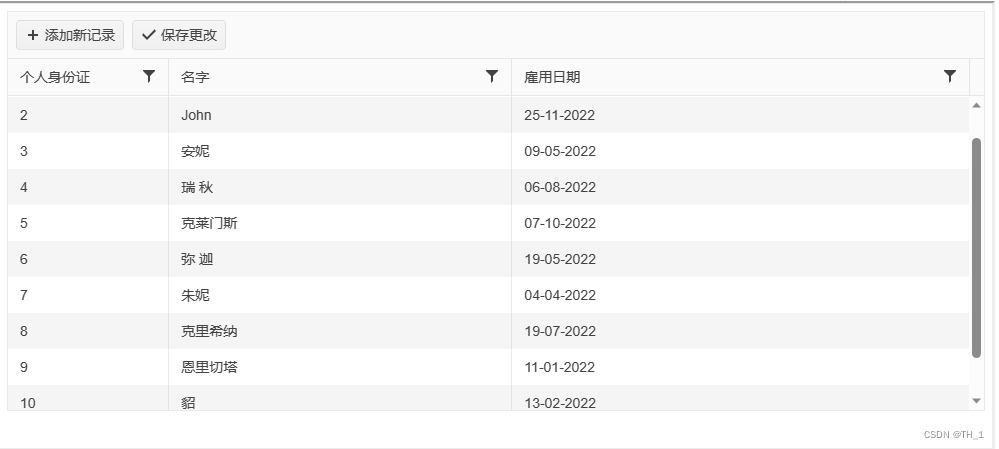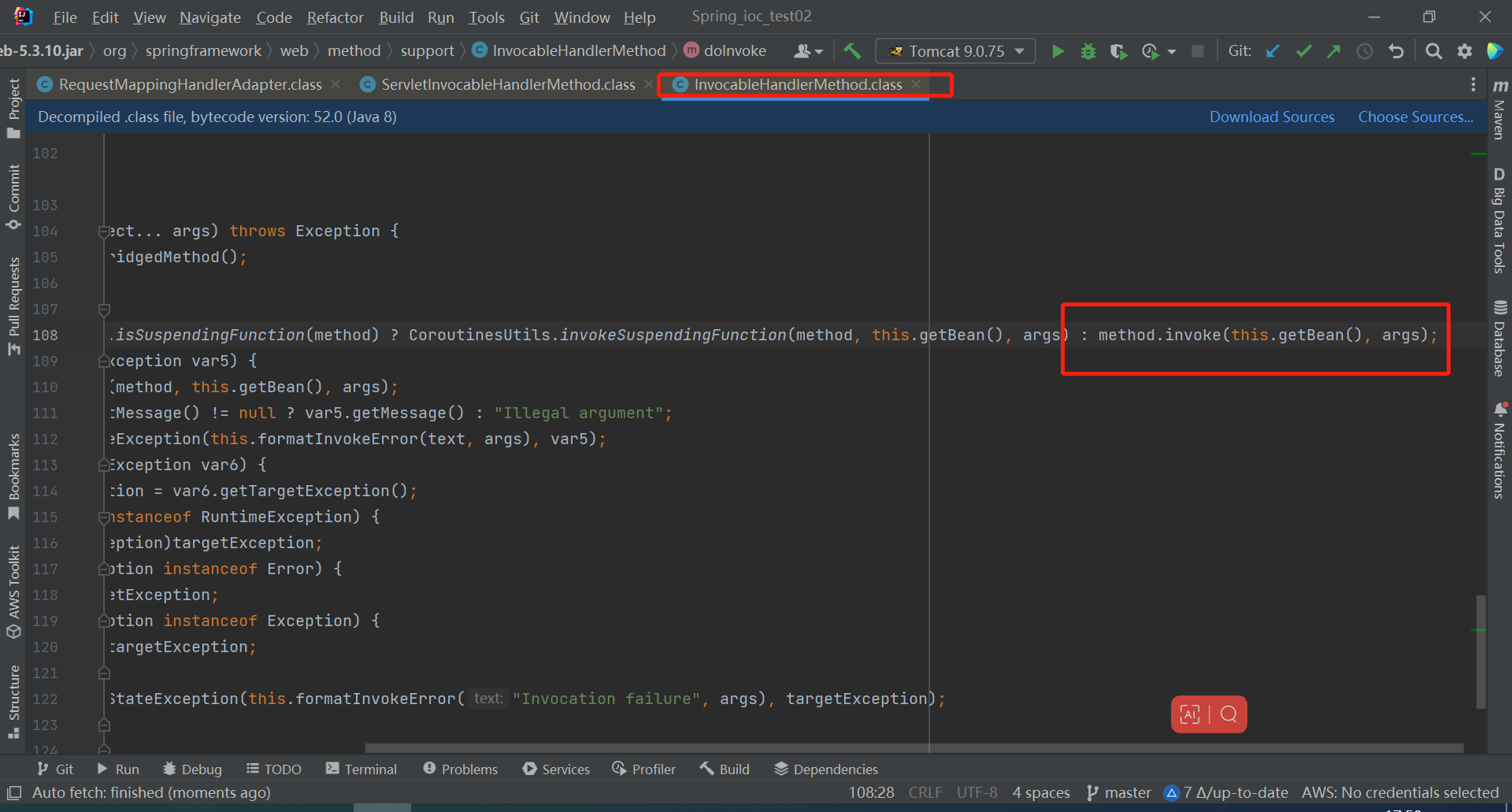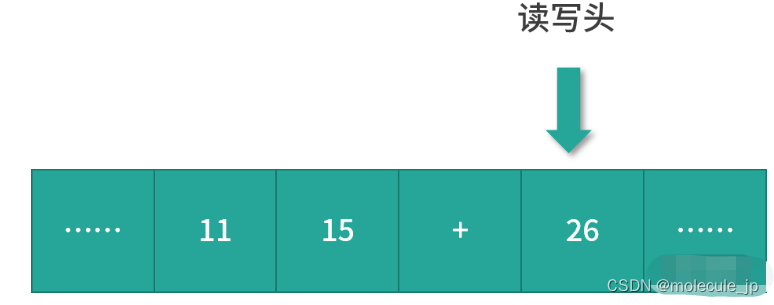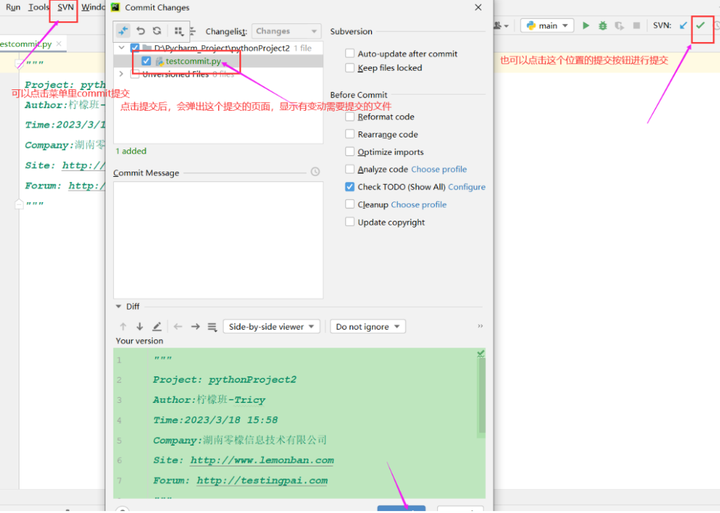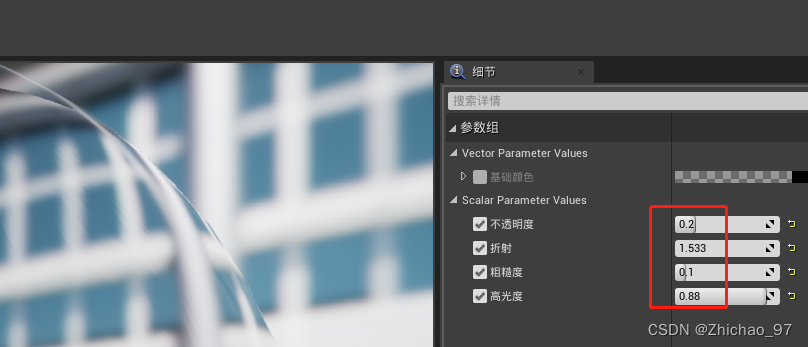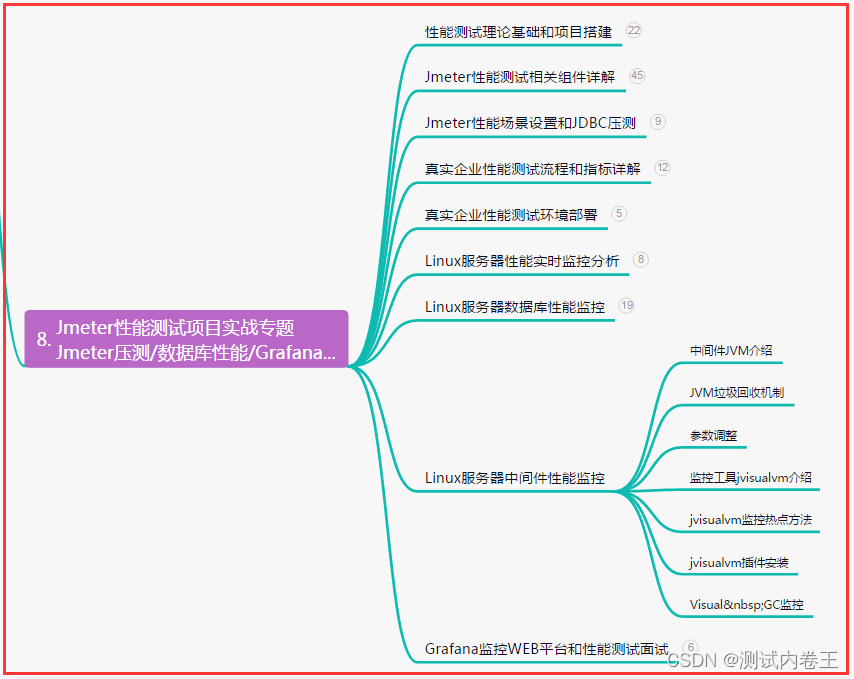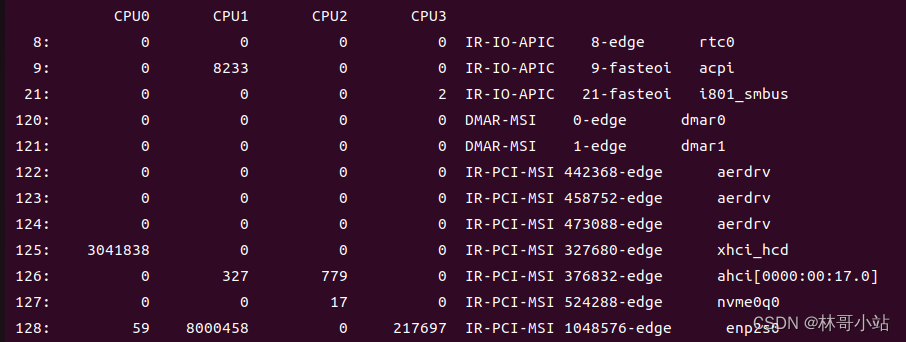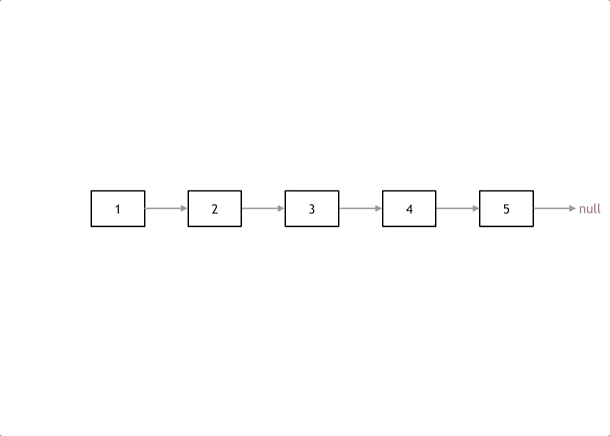1.引用swagger包:
!-- swagger -->
<dependency>
<groupId>io.springfox</groupId>
<artifactId>springfox-swagger2</artifactId>
<version>2.7.0</version>
</dependency>
<dependency>
<groupId>io.springfox</groupId>
<artifactId>springfox-swagger-ui</artifactId>
<version>2.7.0</version>
</dependency>
配置swagge配置类
import com.google.common.base.Predicate;
import com.google.common.base.Predicates;
import org.apache.commons.lang.StringUtils;
import org.springframework.boot.autoconfigure.EnableAutoConfiguration;
import org.springframework.boot.autoconfigure.condition.ConditionalOnMissingBean;
import org.springframework.boot.autoconfigure.condition.ConditionalOnProperty;
import org.springframework.context.annotation.Bean;
import org.springframework.context.annotation.Configuration;
import org.springframework.web.bind.annotation.RestController;
import springfox.documentation.builders.ApiInfoBuilder;
import springfox.documentation.builders.PathSelectors;
import springfox.documentation.builders.RequestHandlerSelectors;
import springfox.documentation.service.*;
import springfox.documentation.spi.DocumentationType;
import springfox.documentation.spi.service.contexts.SecurityContext;
import springfox.documentation.spring.web.plugins.Docket;
import springfox.documentation.swagger2.annotations.EnableSwagger2;
import java.util.ArrayList;
import java.util.Arrays;
import java.util.Collections;
import java.util.List;
@Configuration
@EnableSwagger2
@EnableAutoConfiguration
@ConditionalOnProperty(name = "swagger.enabled", matchIfMissing = true)
public class SwaggerAutoConfiguration {
/**
* 默认的排除路径,排除Spring Boot默认的错误处理路径和端点
*/
private static final List<String> DEFAULT_EXCLUDE_PATH = Arrays.asList("/error","/actuator/**");
private static final String BASE_PATH = "/**";
@Bean
@ConditionalOnMissingBean
public DcopSwaggerProperties dcopSwaggerProperties() {
return new DcopSwaggerProperties();
}
@Bean
public Docket api(DcopSwaggerProperties dcopSwaggerProperties) {
// base-path处理
if (dcopSwaggerProperties.getBasePath().isEmpty()) {
dcopSwaggerProperties.getBasePath().add(BASE_PATH);
}
//noinspection unchecked
List<Predicate<String>> basePath = new ArrayList();
dcopSwaggerProperties.getBasePath().forEach(path -> basePath.add(PathSelectors.ant(path)));
// exclude-path处理
if (dcopSwaggerProperties.getExcludePath().isEmpty()) {
dcopSwaggerProperties.getExcludePath().addAll(DEFAULT_EXCLUDE_PATH);
}
List<Predicate<String>> excludePath = new ArrayList<>();
dcopSwaggerProperties.getExcludePath().forEach(path -> excludePath.add(PathSelectors.ant(path)));
//noinspection Guava
return new Docket(DocumentationType.SWAGGER_2)
.host(dcopSwaggerProperties.getHost())
.apiInfo(apiInfo(dcopSwaggerProperties)).select()
.apis(StringUtils.isBlank(dcopSwaggerProperties.getBasePackage()) ? RequestHandlerSelectors.withClassAnnotation(RestController.class) : RequestHandlerSelectors.basePackage(dcopSwaggerProperties.getBasePackage()))
.paths(Predicates.and(Predicates.not(Predicates.or(excludePath)), Predicates.or(basePath)))
.build()
.securitySchemes(Collections.singletonList(securitySchema()))
.securityContexts(Collections.singletonList(securityContext()))
.pathMapping("/");
}
/**
* 配置默认的全局鉴权策略的开关,通过正则表达式进行匹配;默认匹配所有URL
*
* @return
*/
private SecurityContext securityContext() {
return SecurityContext.builder()
.securityReferences(defaultAuth())
.forPaths(PathSelectors.regex(dcopSwaggerProperties().getAuthorization().getAuthRegex()))
.build();
}
/**
* 默认的全局鉴权策略
*
* @return
*/
private List<SecurityReference> defaultAuth() {
ArrayList<AuthorizationScope> authorizationScopeList = new ArrayList<>();
dcopSwaggerProperties().getAuthorization().getAuthorizationScopeList().forEach(authorizationScope -> authorizationScopeList.add(new AuthorizationScope(authorizationScope.getScope(), authorizationScope.getDescription())));
AuthorizationScope[] authorizationScopes = new AuthorizationScope[authorizationScopeList.size()];
return Collections.singletonList(SecurityReference.builder()
.reference(dcopSwaggerProperties().getAuthorization().getName())
.scopes(authorizationScopeList.toArray(authorizationScopes))
.build());
}
private OAuth securitySchema() {
ArrayList<AuthorizationScope> authorizationScopeList = new ArrayList<>();
dcopSwaggerProperties().getAuthorization().getAuthorizationScopeList().forEach(authorizationScope -> authorizationScopeList.add(new AuthorizationScope(authorizationScope.getScope(), authorizationScope.getDescription())));
ArrayList<GrantType> grantTypes = new ArrayList<>();
dcopSwaggerProperties().getAuthorization().getTokenUrlList().forEach(tokenUrl -> grantTypes.add(new ResourceOwnerPasswordCredentialsGrant(tokenUrl)));
return new OAuth(dcopSwaggerProperties().getAuthorization().getName(), authorizationScopeList, grantTypes);
}
private ApiInfo apiInfo(DcopSwaggerProperties dcopSwaggerProperties) {
return new ApiInfoBuilder()
.title(dcopSwaggerProperties.getTitle())
.description(dcopSwaggerProperties.getDescription())
.license(dcopSwaggerProperties.getLicense())
.licenseUrl(dcopSwaggerProperties.getLicenseUrl())
.termsOfServiceUrl(dcopSwaggerProperties.getTermsOfServiceUrl())
.contact(new Contact(dcopSwaggerProperties.getContact().getName(), dcopSwaggerProperties.getContact().getUrl(), dcopSwaggerProperties.getContact().getEmail()))
.version(dcopSwaggerProperties.getVersion())
.build();
}
}
属性
汇总
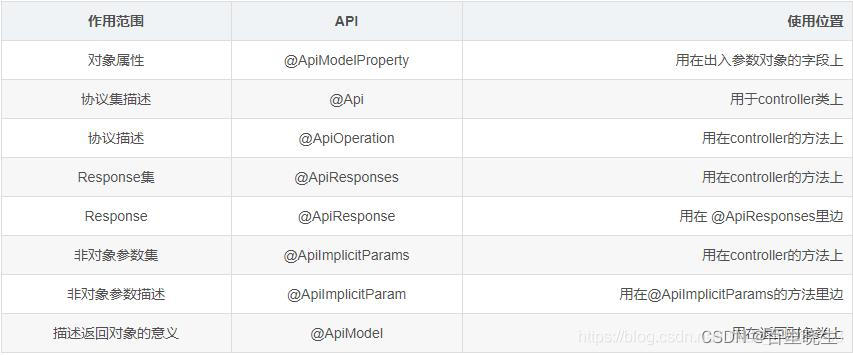
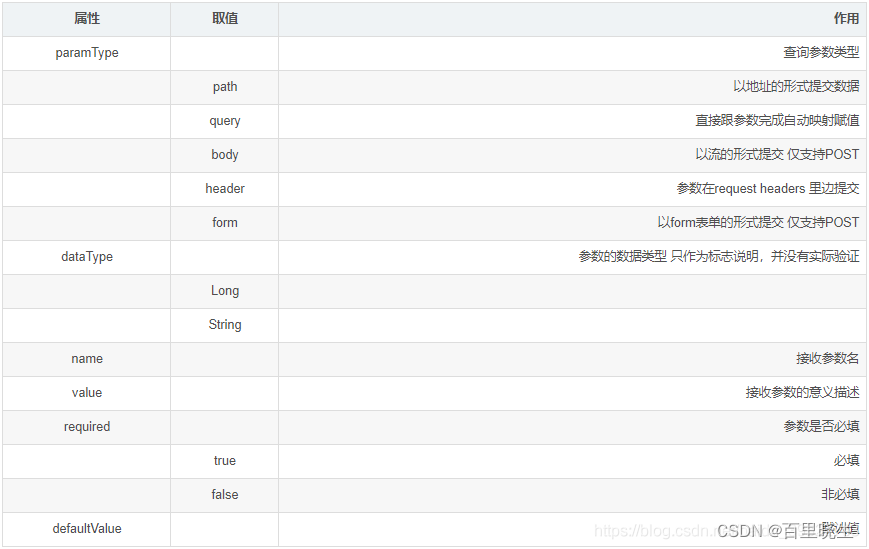
swagger应用举例:
控制类头部:
@Api(tags = " 管理模块 “, description = " 管理模块”)
方法头部:
@ApiResponses({
@ApiResponse(code = 200, message = “请求成功”),
@ApiResponse(code = 400, message = “请求参数没填好”),
@ApiResponse(code = 404, message = “请求路径没有或页面跳转路径不对”)
})
@ApiOperation(value = “测试返回”,response = Demo.class)
实体类和返回类:
实体类头部:@ApiModel(description= “关系信息”)
类的属性: @ApiModelProperty(value = “关系表”, required = false)





